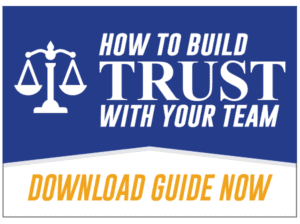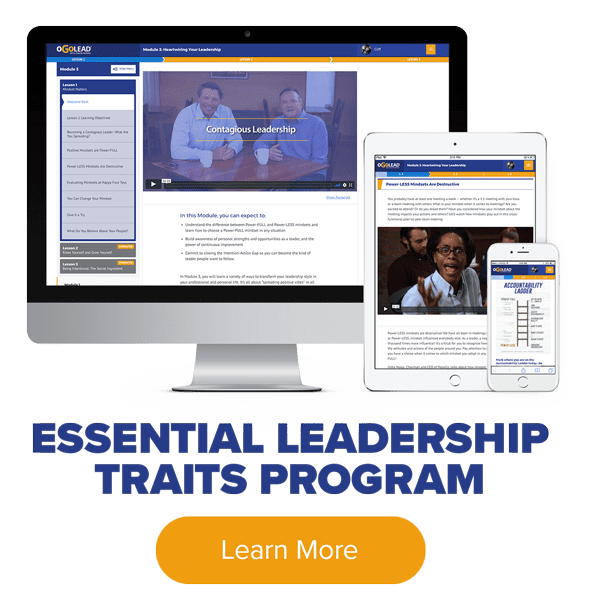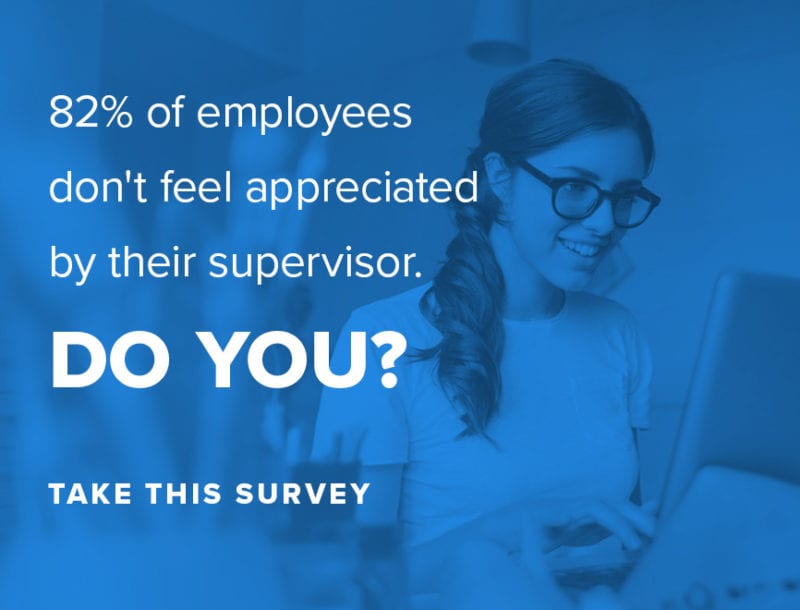By: Gregg Dedrick, Co-Founder & President of David Novak Leadership
What is your True North as a leader? Tough question, I know. Identifying your True North requires hard work, and then intense determination to stay the course when people or circumstances tempt you to give up or change directions. And how do you identify your True North anyway? If you read my blog, Three Questions You MUST Ask and Answer as a Leader, you know the three questions that help you identify your True North. If you haven’t read it, I recommend checking it out.
When I was President of KFC, I identified KFC’s True North by answering these three questions:
- Who are we?
- Where are we going?
- How are we going to get there?
Once I answered these questions, my next step was to communicate KFC’s True North to the team. The Pyramid Slide was the outcome.
 Did you know I used the same Pyramid Slide for five years? This single slide provided a roadmap for KFC brand revitalization, which was much needed at the time, and it helped us stay the course over the next five years. Our True North, or the top of the Pyramid, was Brand Positioning. All other levels of the Pyramid were viewed through the lens of Brand Positioning. We asked questions like the ones below around each level of the Pyramid to stay on course: Given who we are as a brand,
Did you know I used the same Pyramid Slide for five years? This single slide provided a roadmap for KFC brand revitalization, which was much needed at the time, and it helped us stay the course over the next five years. Our True North, or the top of the Pyramid, was Brand Positioning. All other levels of the Pyramid were viewed through the lens of Brand Positioning. We asked questions like the ones below around each level of the Pyramid to stay on course: Given who we are as a brand,
- Menu Vision – How do we create food that’s consistent with who we are?
- Operations – How do we design the Back of House to meet our menu vision? How do we realign operations to deliver the menu vision?
- Asset – How can we ensure our assets look like the brand and carry out our brand promise?
- Values – How do we work together as a franchise organization to deliver who we are in a way that exceeds customer expectations?
The Pyramid Slide answered the question “Why are we doing this?” for my team. They knew before new initiatives could be added, they first needed to fit somewhere on The Pyramid Slide. For example, we made a decision to remodel 3,000 restaurants. We didn’t take this on for the sake of remodeling. We ultimately took on this initiative because we were revitalizing the expression of the brand through the asset. Our goal was to provide our customers with a great KFC experience, and brand remodels were one way we could accomplish our goal. I wanted my team to know the reason we took on this initiative tied back to our True North rather than have them think it was just another “to do” on a long list of “to do’s.” My team knew every initiative had a purpose.
 We also had to think beyond a single initiative to reach our True North. Remodeling 3,000 restaurants impacted other parts of The Pyramid Slide. If we remodeled the asset without investing time and money into team training, we would veer off the path towards our True North, because a beautiful restaurant with poor customer service would not lead to a Wow! experience. We made sure team training was implemented prior to the remodel and grand reopening of the asset so our customers had an amazing overall experience, not just a shiny new building.
We also had to think beyond a single initiative to reach our True North. Remodeling 3,000 restaurants impacted other parts of The Pyramid Slide. If we remodeled the asset without investing time and money into team training, we would veer off the path towards our True North, because a beautiful restaurant with poor customer service would not lead to a Wow! experience. We made sure team training was implemented prior to the remodel and grand reopening of the asset so our customers had an amazing overall experience, not just a shiny new building.
Are you starting to understand the beauty of The Pyramid Slide? It always brought us back to this is why we’re doing what we’re doing and it helped us remember what was most important. As initiatives were added, changed or completed, the Pyramid Slide was updated to reflect how our actions aligned with our True North. By reviewing the slide (at every single meeting, I might add), my team was constantly aware of the plan for reaching our True North – KFC Brand Revitalization.
What about you? What’s your True North as a leader? Work through this learning guide to identify your True North.
Identifying your True North is one thing, but sticking with it is a totally different challenge. In the movie Lincoln, Abraham Lincoln says, “The compass points you True North but does not warn you of obstacles and swamps along the way.” If you’ve identified your True North, but you’re unsure about how to handle the obstacles and swamps along the way, you don’t want to miss the final blog in this series. I’ll explain how focusing on the vital few helps you avoid the seduction of shiny objects.
In the meantime, who can you invite to help you identify your True North as a leader? Share this blog and learning guide with them and spend some time discussing what you learned and how to cascade this to your team. You’ve got what it takes to be successful! Go Lead!



































